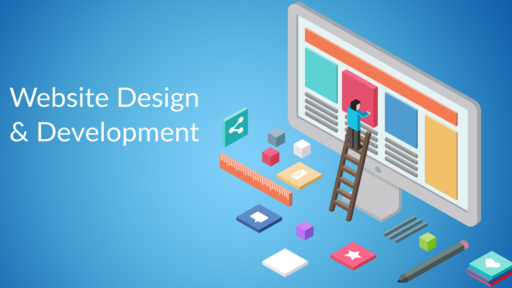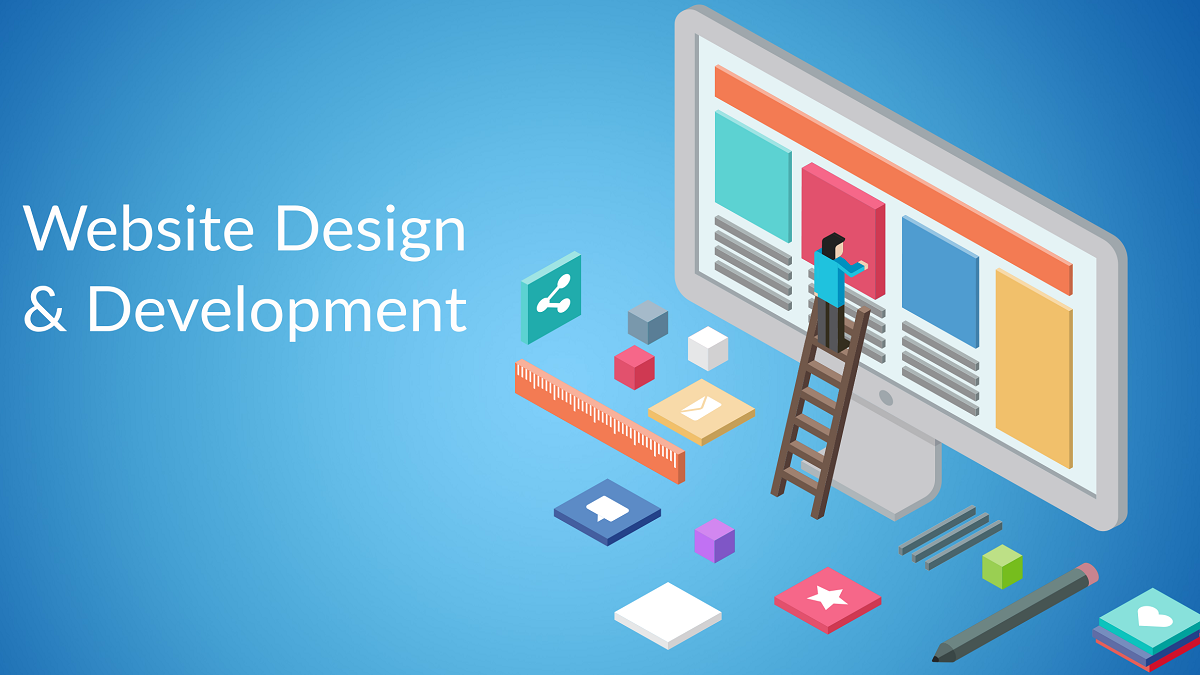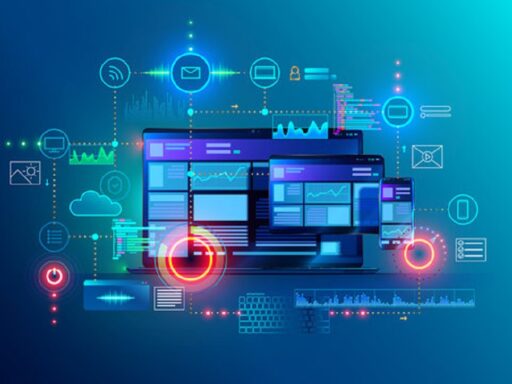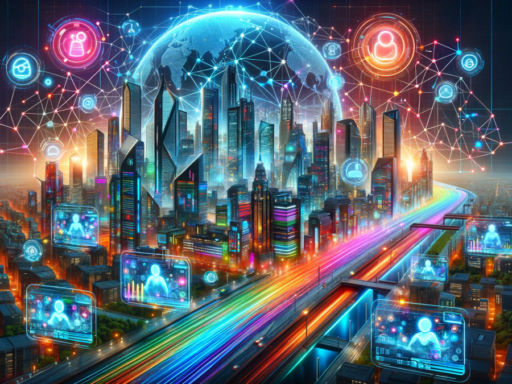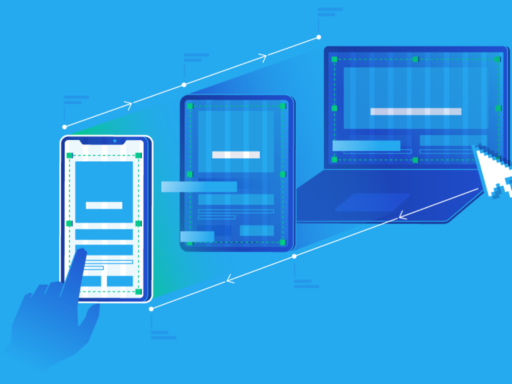Web design has come a long way since the early days of the internet. From basic HTML pages to complex, interactive sites, the evolution of web design has been driven by technological advancements and changing user expectations. Today, we stand on the brink of another significant transformation, thanks to the rise of artificial intelligence (AI) and automation. These technologies are poised to reshape the landscape of web design in profound ways, offering new tools and capabilities that can enhance creativity, improve efficiency, and deliver more personalized user experiences.
AI-Driven Design: A New Creative Partner
One of the most exciting aspects of AI in web design is its potential to act as a creative partner. AI algorithms can analyze vast amounts of data to identify design trends, user preferences, and best practices. This analysis can inform the design process, helping designers make more informed decisions and create more effective websites.
For example, AI can be used to generate design elements such as color schemes, layouts, and typography. Tools like Adobe Sensei and Canva’s Magic Resize use AI to automatically adjust designs to fit different screen sizes and resolutions, ensuring a consistent user experience across devices. This not only saves time but also ensures that designs are optimized for accessibility and usability.
AI can also help designers experiment with new ideas and styles. By analyzing existing designs and generating variations, AI can provide inspiration and suggest innovative approaches that designers might not have considered. This collaborative process can lead to more creative and diverse designs, pushing the boundaries of what is possible in web design.
Automation: Streamlining the Design Process
Automation is another key trend shaping the future of web design. By automating repetitive tasks, designers can focus on more complex and creative aspects of their work. Automation tools can handle a wide range of tasks, from coding and testing to content creation and updates.
One area where automation is making a significant impact is in responsive design. With the proliferation of devices and screen sizes, creating a website that looks good on all platforms can be challenging. Automation tools can automatically generate responsive designs, adjusting layouts and elements to fit different screen sizes and orientations. This not only improves efficiency but also ensures a consistent and seamless user experience.
Content management is another area where automation is proving invaluable. Tools like WordPress and Drupal have built-in automation features that make it easy to update and manage content. These tools can automatically format content, optimize images, and even suggest SEO improvements, making it easier for designers to maintain and update their websites.
Personalization: Delivering Tailored Experiences
One of the most powerful applications of AI in web design is personalization. By analyzing user data, AI can deliver personalized content and experiences that are tailored to individual users’ preferences and behaviors. This can significantly enhance user engagement and satisfaction.
For example, AI can analyze a user’s browsing history, location, and preferences to deliver personalized content and recommendations. This can be particularly useful for e-commerce websites, where personalized product recommendations can drive sales and improve the customer experience. AI can also be used to personalize the design itself, adjusting colors, layouts, and other elements based on user preferences.
Personalization can also extend to user interactions. Chatbots powered by AI can provide personalized assistance and support, helping users find information and complete tasks more efficiently. These chatbots can learn from user interactions, continually improving their responses and providing more accurate and relevant assistance.
The Role of Human Designers
While AI and automation are transforming the web design landscape, human designers still play a crucial role. These technologies are tools that can enhance and augment the design process, but they cannot replace the creativity, intuition, and empathy that human designers bring to their work.
Designers are needed to interpret the data and insights generated by AI, making informed decisions about how to apply them. They also provide the creative vision and context that AI lacks, ensuring that designs are not only functional but also aesthetically pleasing and emotionally resonant.
Moreover, designers play a critical role in ensuring that AI and automation tools are used ethically and responsibly. This includes addressing issues related to privacy, bias, and accessibility, and ensuring that designs are inclusive and equitable.
Looking Ahead
The future of web design is bright, with AI and automation offering exciting new possibilities for creativity, efficiency, and personalization. As these technologies continue to evolve, they will undoubtedly lead to new innovations and breakthroughs in web design.
However, it’s important to remember that these technologies are tools, not replacements for human designers. By leveraging the strengths of both AI and human creativity, we can create websites that are not only functional and efficient but also beautiful, engaging, and personalized.
As we look to the future, the key will be to embrace these technologies while maintaining a focus on the human element of design. By doing so, we can ensure that the future of web design is one that enhances the user experience and drives innovation, while also respecting and valuing the creativity and expertise of human designers.

